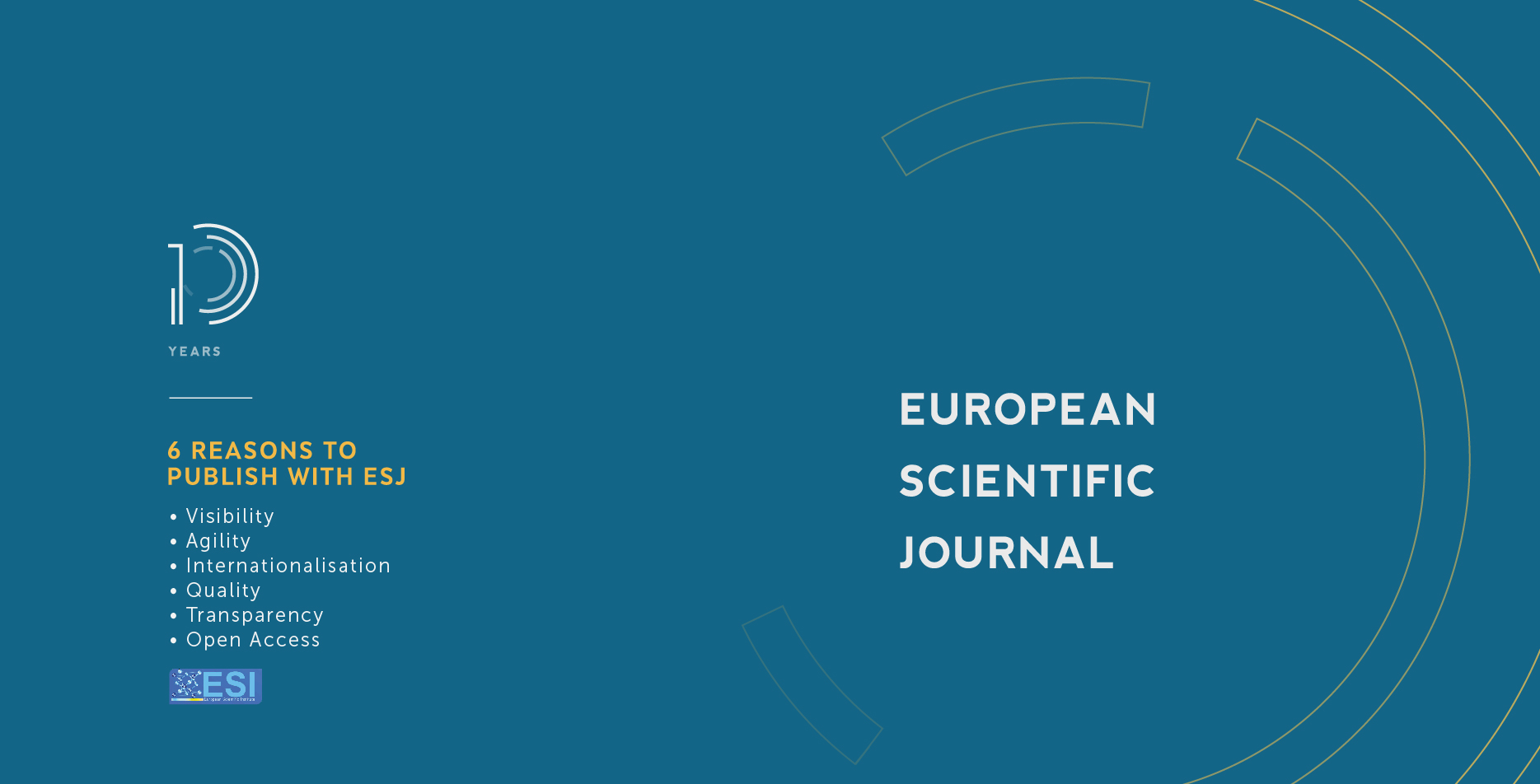One Approach to Idioms and Their Peculiarities in the English Language
Abstract
The presented article is dedicated to a very interesting phenomenon existing in linguistics and literary theory – idiom. It aims to study some peculiarities of idioms and identify their different classes which were revealed while processing the material under investigation; to categorize and regulate the idioms united in these classes according to strength, motivation and informativity. The study was grounded on two types of classification of idioms (classification according to their usage and semantic classification), comparative analysis of these two classifications and the conducted experiment. The data the research was based on included 70 randomly chosen idioms. Another objective of the study is to reveal how this or that idiom is perceived by people hence, generally, it is difficult to comprehend the exact meaning of majority of idioms even for native speakers. Most of them find it hard to resolve the real sense of an idiom as in some cases its literal meaning is different from its figurative one. The conducted analysis is dictated and conditioned namely by this fact. It is a well-known fact that idiom is a set word-combination the meaning of which is not determined by the meaning of the words included in its composition. The findings of the presented study reveal that a pure idiom should necessarily meet the following formula: strong idiom = non-informative + non-motivated. The analysis also showed that out of 70 randomly chosen idioms, about half of them (34 idioms) follow the mentioned formula, though, there are different cases of deviation from this formula.
Downloads
Metrics
PlumX Statistics
Copyright (c) 2020 Nino Kemertelidze, Meri Giorgadze

This work is licensed under a Creative Commons Attribution-NonCommercial-NoDerivatives 4.0 International License.








